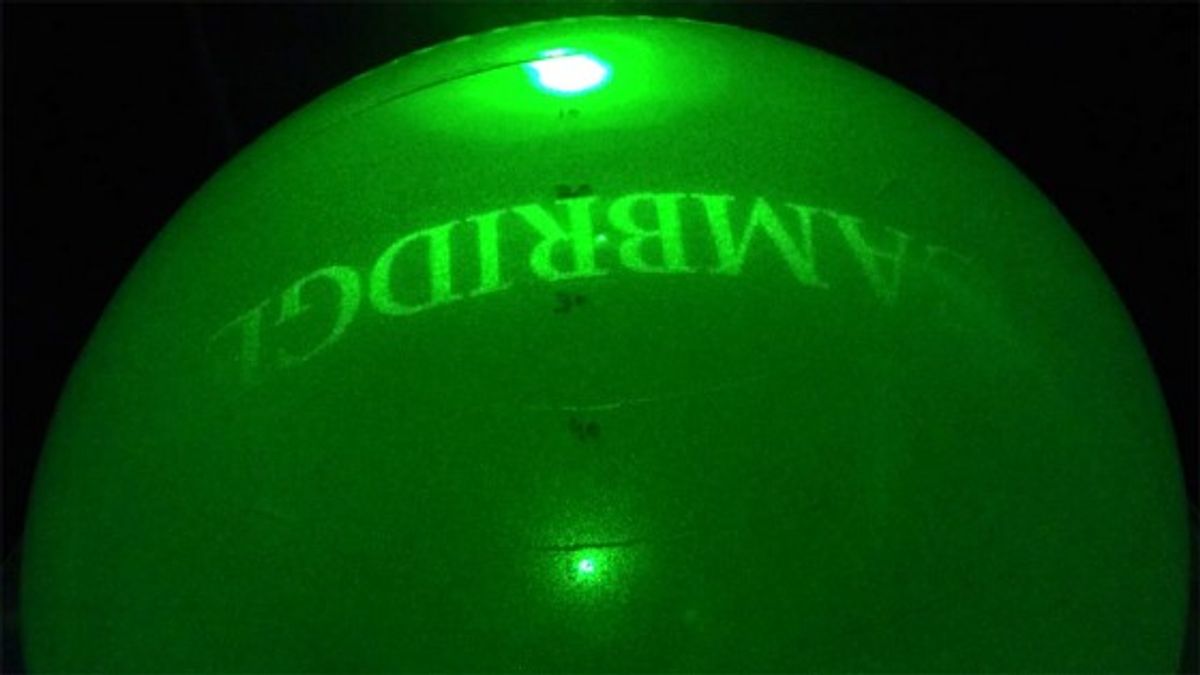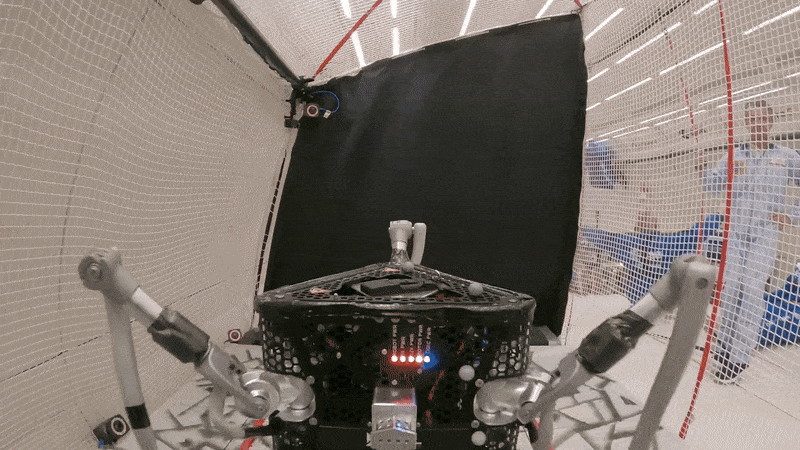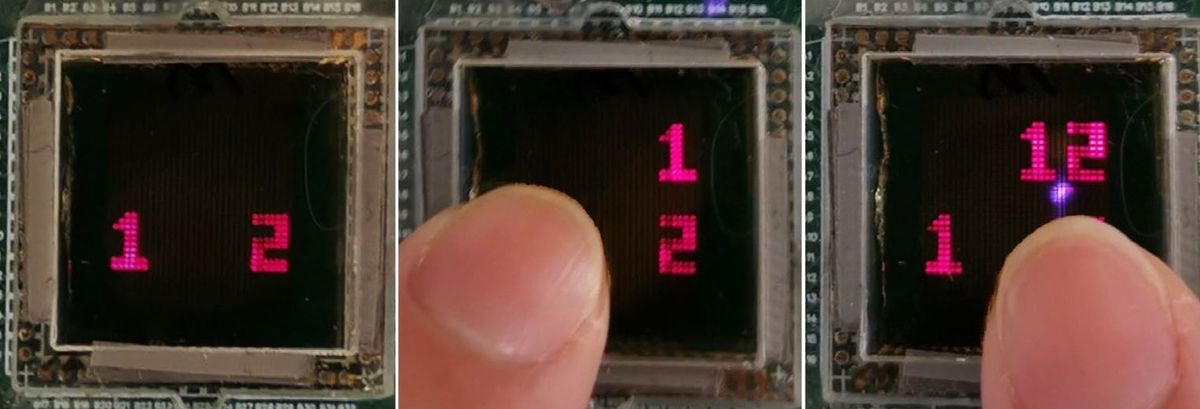The holograms we have seen for the past 50 years have at once fascinated and disappointed us. If we had been hoping to see something along the lines of the projected image of Princess Leia from Star Wars, or the holodeck from Star Trek Next Generation, disappointment would likely have overwhelmed our sense of fascination.
Two years ago researchers at the University of Arizona for the first time “demonstrated an optical material that can display "holographic video," as opposed to static holograms found in credit cards and product packages.” Since then it seemed our hopes for holograms have been getting brighter.
Now researchers at the University of Cambridge’s Centre of Molecular Materials for Photonics and Electronics (CMMPE) have used carbon nanotubes to create 3D hologram images with an extremely wide field of view and the highest possible resolution.
The research, which was published in the journal Advanced Materials (“Carbon Nanotube Based High Resolution Holograms”), essentially used the carbon nanotubes as diffractive elements that turn the carbon nanotubes into optical projectors. The small size of the carbon nanotubes created smaller pixels thus boosting the resolution of the image.
“Smaller pixels allow the diffraction of light at larger angles – increasing the field of view. Essentially, the smaller the pixel, the higher the resolution of the hologram,” says Dr. Haider Butt from CMMPE in a press release.
Butt adds in the release: “A new class of highly sensitive holographic sensors can be developed that could sense distance, motion, tilt, temperature and density of biological materials. What’s certain is that these results pave the way towards utilizing nanostructures to producing 3D holograms with wide field of view and the very highest resolution.”
To replace the carbon nanotubes, the researchers are looking at the prospect of using zinc oxide nanowires, which Zhong Lin Wang at Georgia Tech has been using over the years for its of piezoelectric qualities.
The other big issue that the researchers still we need to address is investigating “holographic video” because currently the carbon nanotube pixels can only project static holograms. Looks like there’s still some work to be done before Princess Leia holograms are projected, at least with a nanomaterial as the pixel.
Dexter Johnson is a contributing editor at IEEE Spectrum, with a focus on nanotechnology.




